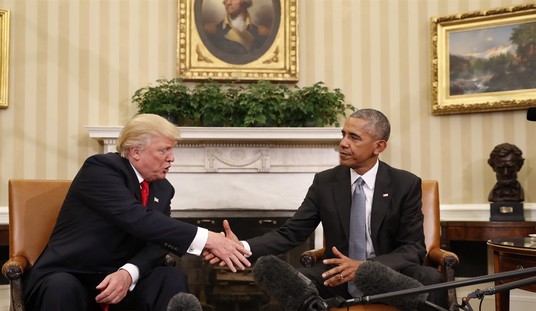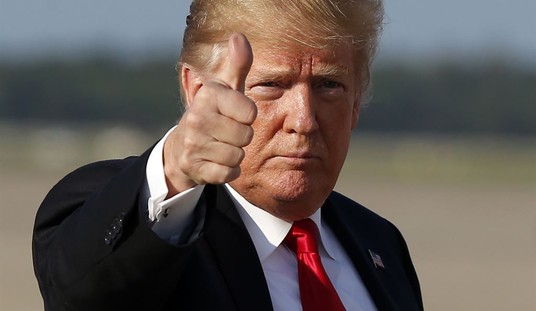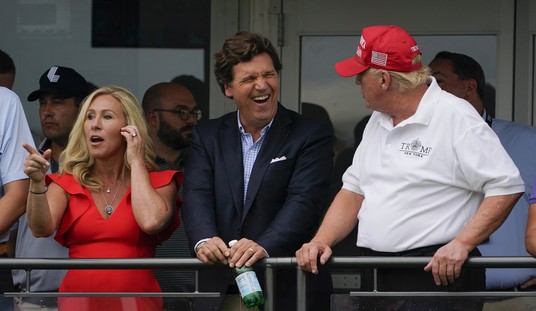WASHINGTON — St. Louis Congressman Wm. “Lacy” Clay (D-Mo.) praised the Justice Department for responding “quickly” and affirmatively to his request that they investigate local police for alleged civil rights violations in their response to protests after an acquittal in an officer-involved shooting.
Anthony Lamar Smith, 24, a constituent of Clay’s, was killed in the early afternoon of Dec. 20, 2011. According to statements from the two officers on patrol that day, now-former Officer Jason Stockley saw two African-American men standing near the entrance to a fast-food restaurant and thought they may have been conducting a drug transaction. One of the men went inside the restaurant while Smith got into a silver Buick, which had been blocked by the police cruiser when it parked, and struck the cop car while trying to pull out in a five-point turn and drive off.
One of the officers broke the driver’s side window and said he “alerted” Stockley that he saw what he thought was a gun on the passenger seat. Stockley was knocked “sideways” by the Buick and opened fire as Smith pulled out of the parking lot, shattering the car’s back window. The officers then pursued his car for three minutes until Smith spun out in the rain and the police car hit the Buick, deploying the airbags in Smith’s car. Stockley’s partner said the airbags were obscuring their view of the driver but he was only showing his left hand while his right hand was down toward the center console. Stockley shot Smith in the chest, his partner recounted.
According to the autopsy report, Smith was shot on the left side of his neck, the left side of his chest, left mid-flank, left lower lateral flank and his left forearm. He tested negative for drugs and alcohol. A bag of heroin was found in the car.
A sergeant’s report says Stockley told him that, after killing Smith, he had grabbed the gun he saw on the passenger seat, cleared it and set it back down because he thought bystanders might grab it and try to shoot the officers. Prosecutors charged that Stockley planted an unloaded .38-caliber revolver — a gun bearing only the officer’s DNA, not Smith’s — and three cartridges in the car to clear himself of wrongdoing in the shooting. Stockley was carrying a personal AK-47 that day that he was not allowed to carry while on duty.
Smith’s fiancee said she was on an open cell phone line with Smith at the time and said she believes he was originally seen reaching for his phone — the silver object described in reports at the restaurant scene that officers said they thought was a gun — instead of a weapon.
Stockley left the department in 2013. He wasn’t charged with first-degree murder until 2016, when new evidence was brought to light. The former officer opted for a bench trial instead of leaving it to a jury.
The judge’s ruling notes that about 45 seconds before the pursuit ended Stockley was heard on the police radio saying “we’re killing this motherfucker, don’t you know.” Prosecutors said that this illustrated intent, and said the final, close-range shot that struck Smith in the neck was a “kill shot” from Stockley.
“People say all kinds of things in the heat of the moment or while in stressful situations, and whether Stockley’s statement that ‘we’re killing this motherfucker,’ which can be ambiguous depending on the context, constituted a real threat of action or was a means of releasing tension has to be judged by his subsequent conduct,” Judge Timothy Wilson wrote. “The Court does not believe Stockley’s conduct immediately following the end of the pursuit is consistent with the conduct of a persona intentionally killing another person unlawfully.”
Weeks of protests followed the September acquittal, with more than 300 people arrested to date.
Last week, a U.S. District Court judge ruled in the middle of a case brought by the ACLU against the city that police can’t declare an “unlawful assembly” against those “engaged in expressive activity, unless the persons are acting in concert to pose an imminent threat to use force or violence or to violate a criminal law with force or violence.” The judge also blocked the ability to use chemical agents against “expressive, non-violent activity” without probable cause to make an arrest and without giving the protesters “clear and unambiguous warnings.”
Clay reached out to U.S. Attorney for the Eastern District of Missouri Jeffery B. Jensen, writing that he was “deeply troubled by the numerous reports and documented allegations of civil rights violations by law enforcement” and stressing that “an investigation into alleged unlawful police actions could be a powerful example of how the federal government ensures justice is administered without bias and an acknowledgment that all rights must be respected.”
“St. Louis is the poster child for the need of federal intervention to address decades of bad police relations that reinforce the decline and erode the trust of police-community relations,” the congressman added.
Jensen announced today that federal officials will investigate “allegations of potential civil rights violations by law enforcement officers in the St. Louis area on Sept. 15, 2017, and in the weeks that followed.”
“The FBI will collect all available facts and evidence and ensure that the investigation is conducted in a fair, thorough and impartial manner,” Jensen said. “As this is an ongoing investigation, we are not able to comment further at this time.”
Clay said in a statement that he was “very gratified” that Jensen and the Justice Department “have responded so quickly to my request for a civil rights investigation regarding the allegedly constitutional actions by police after the Stockley verdict.”
“The 1st Amendment is vital, because like our local police, it defends everyone,” he said. “Both are essential to our country and our community.”









Join the conversation as a VIP Member